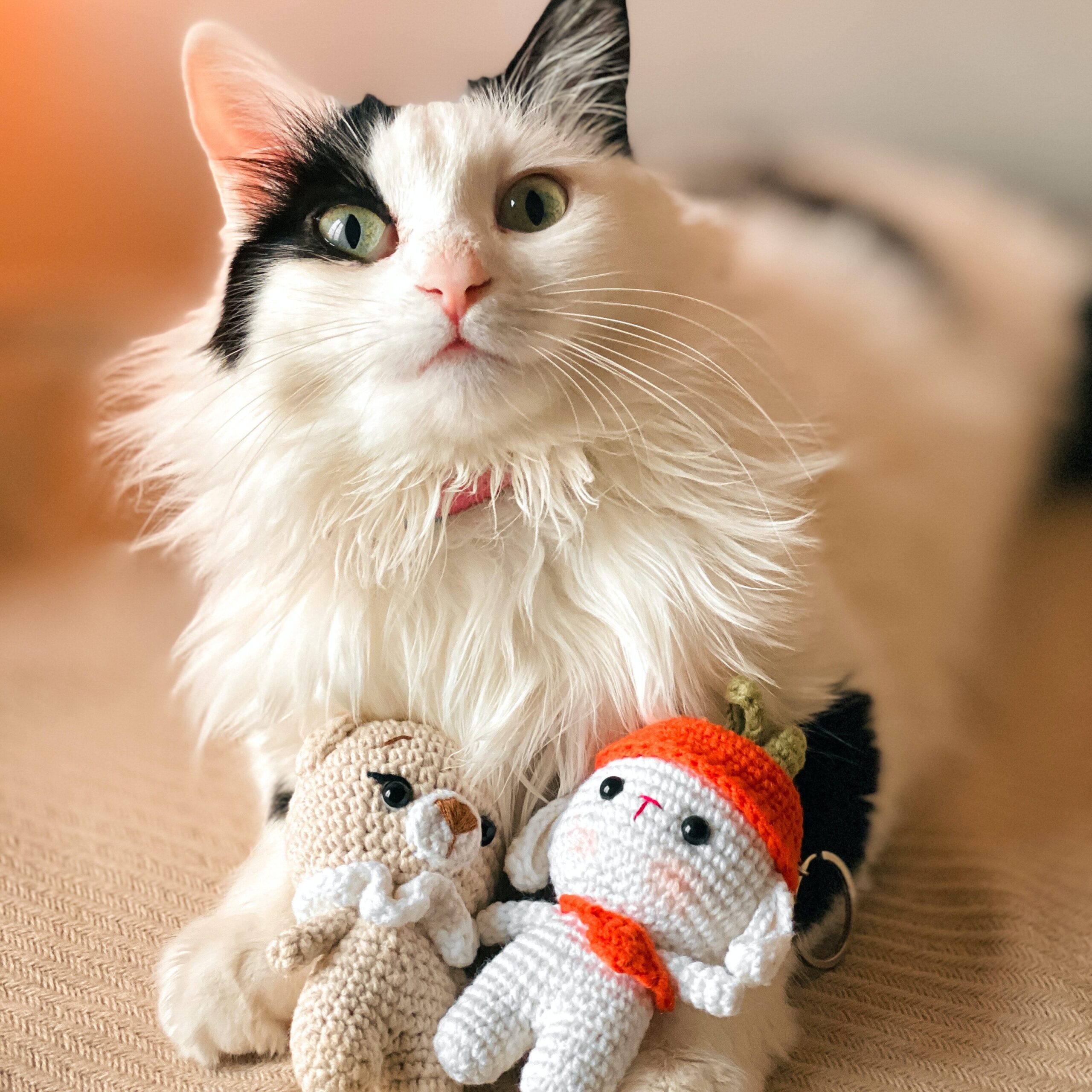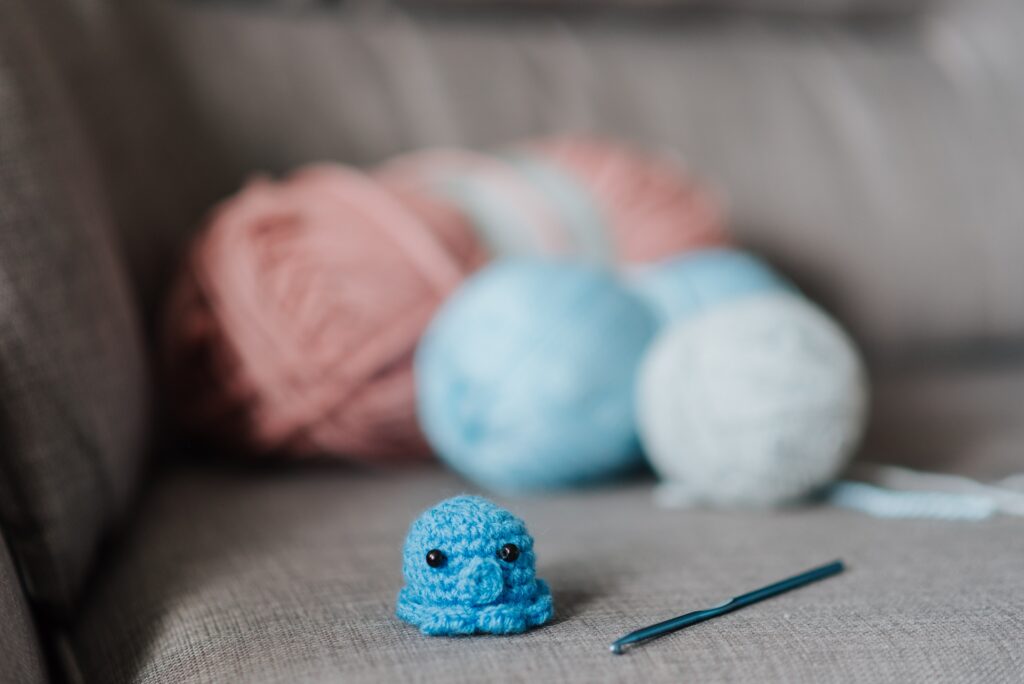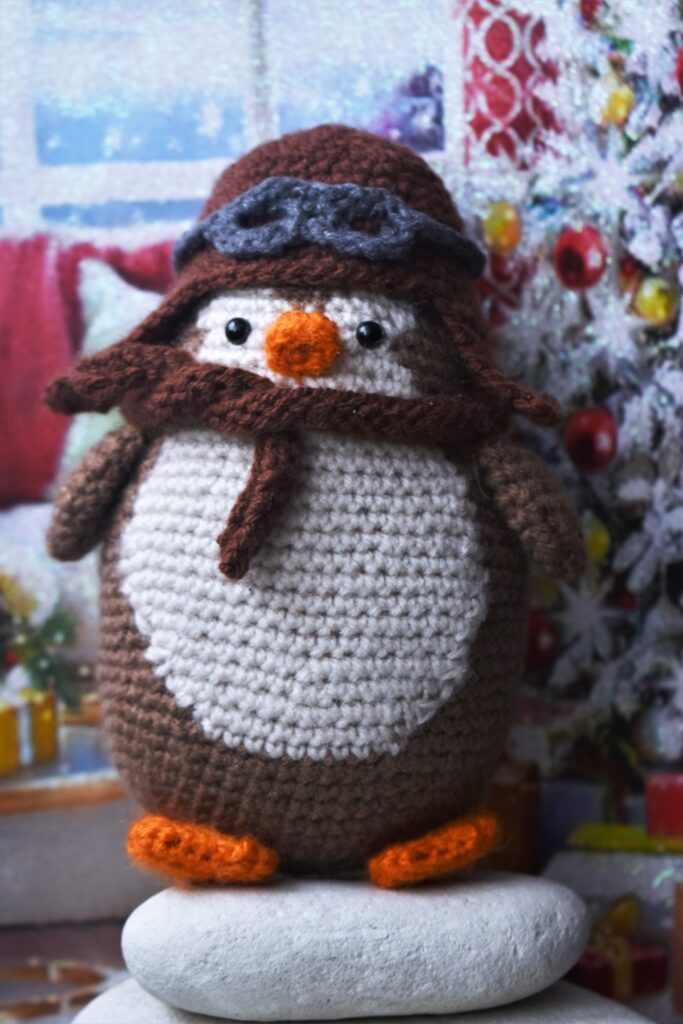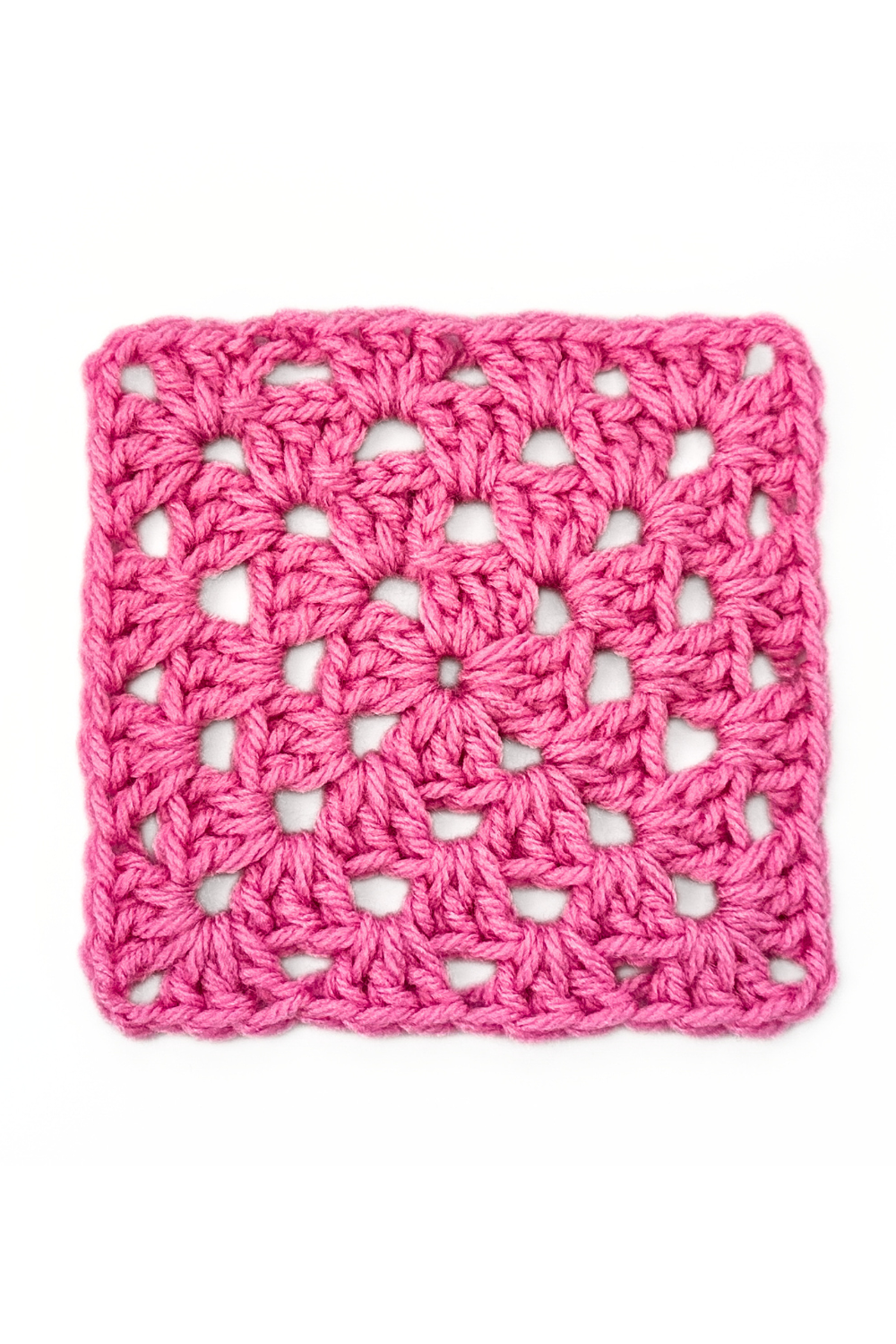If you love crafting and all things cute, then you might have already heard about amigurumi. This Japanese art of crocheting or knitting small stuffed toys has taken the world by storm, with its adorable designs and endless possibilities. In this article, we’ll explore what amigurumi is, its history and culture, the tools and materials needed, basic techniques, and tips for beginners. So grab your yarn and hook, and let’s dive into the world of amigurumi!
Table of Contents:
- What is Amigurumi?
- The History and Culture of Amigurumi
- Why Make Amigurumi?
- Tools and Materials
- Basic Techniques
- Tips for Beginners
- Advanced Techniques
- Amigurumi Patterns and Designs
- Popular Types of Amigurumi Crochet Patterns
- Selling and Sharing Your Creations
- Conclusion
- FAQs

1. What is Amigurumi?
Amigurumi is a Japanese word that means “crocheted or knitted stuffed toy.” It is a popular handicraft in Japan, where it has been around for several decades, but it has only gained worldwide popularity in recent years. The main characteristic of amigurumi is the use of small hooks or needles and fine yarns to create small and cute stuffed toys, dolls, and animals.
2. The History and Culture of Amigurumi
This craft has a rich history and culture that dates back to ancient Japan. The first amigurumi were small dolls made from scraps of fabric and yarn, and they were used as toys for children or as decorations for festivals. In the 20th century, amigurumi became popular among adults, especially women, who used them as a way to relax and express their creativity.
In the 1980s, it started to gain popularity outside Japan, especially in Europe and the United States. Today, amigurumi is a global phenomenon, with a thriving community of makers, designers, and enthusiasts. There are many websites, blogs, and social media groups dedicated to amigurumi, where people share their creations, patterns, and tips.
3. Why Make Amigurumi?
There are many reasons why people love making amigurumi. Here are some of the most common ones:
- Amigurumi is a fun and creative hobby that allows you to express your personality and style.
- Amigurumi is a great way to destress and relax. The repetitive motions of crocheting or knitting can be soothing and meditative.
- Amigurumi is a great way to make personalized gifts for friends and family.
- Amigurumi is a great way to connect with a community of makers and enthusiasts.
4. Tools and Materials
To start, you’ll need some basic tools and materials. Here’s a list of what you’ll need:
- Crochet hooks or knitting needles: You’ll need small hooks or needles, usually between 2.5 mm and 4 mm, depending on the yarn thickness and the size of the toy.
- Yarn: You can use any type of yarn, but it’s best to use fine yarns, such as cotton or acrylic, to achieve the best results.
- Fiberfill or stuffing: You’ll need some filling material, such as polyester fiberfill or wool, to stuff the toy.
- Scissors: You’ll need a pair of sharp scissors to cut the yarn and trim the excess threads.
- Tapestry needles: You’ll need a large-eyed needle to sew the parts together and weave in the ends.
5. Basic Techniques
Once you have the tools and materials, you’re ready to start! Here are the basic steps:
- Choose a pattern: You can find many amigurumi patterns online or in books. Choose a pattern that you like and that matches your skill level.
- Crochet or knit the parts: Follow the instructions in the pattern to crochet or knit the parts of the toy. You’ll usually start with the body, then add the arms, legs, head, and other parts.
- Stuff the toy: Once you’ve crocheted or knitted the parts, stuff them with fiberfill or wool until they’re firm but not too hard.
- Sew the parts together: Use the tapestry needle to sew the parts together, following the instructions in the pattern. Be careful not to pull too tightly or the toy will lose its shape.
- Weave in the ends: Use the tapestry needle to weave in the ends of the yarn, so they’re hidden and won’t come loose.
6. Tips for Beginners
If you’re new to amigurumi, here are some tips to help you get started:
- Start with a simple pattern: Choose a pattern that’s easy and has few parts, so you can practice the basic techniques.
- Use light-colored yarn: It’s easier to see the stitches and count them if you use light-colored yarn.
- Count your stitches: Count your stitches regularly to make sure you’re following the pattern correctly.
- Keep your tension even: Try to keep your tension even, so the stitches are all the same size and the toy doesn’t look lumpy or uneven. To learn how to make your crochet projects look more refined, check out our article How to Make Your Crochet Look More Professional.
- Practice makes perfect: Don’t be discouraged if your first toy doesn’t turn out perfectly. Practice makes perfect, and the more you make, the better you’ll get.
7. Advanced Techniques
Once you’ve mastered the basic techniques, you can try some advanced techniques, such as:
- Changing colors: You can use different colors of yarn to create stripes or patterns in your toy.
- Adding details: You can add details, such as eyes, ears, or hair, to give your toy more personality.
- Using different stitches: You can use different stitches, such as the popcorn stitch or the bobble stitch, to create texture and interest in your toy.
- Experimenting with different yarns: You can use different types of yarn, such as mohair or wool, to create different textures and looks.
8. Amigurumi Patterns and Designs

There are many patterns and designs available online or in books. Some popular ones include animals, such as cats, dogs, and bears, as well as cartoon characters, such as Pikachu, Hello Kitty, and Mickey Mouse. You can also create your own designs by combining different patterns and techniques.
Popular Types of Patterns
Amigurumi has become a popular hobby worldwide, with a diverse range of patterns and designs available to suit every taste and skill level. Here are some of the most popular types of amigurumi crochet patterns:
Animals
Animals are some of the most popular patterns, ranging from cute and cuddly to fierce and wild. Some popular animal patterns include cats, dogs, bears, rabbits, and elephants.
Cartoon Characters
Cartoon characters are also a popular choice, especially for children’s toys. Some popular characters include Pikachu, Hello Kitty, Mickey Mouse, and Winnie the Pooh.
Food and Drink
Food and drink-themed patterns are a fun and quirky way to add some personality to your creations. Some popular food and drink patterns include cupcakes, sushi, hamburgers, and coffee cups.
Fantasy and Sci-Fi
For those who love all things magical and otherworldly, fantasy and sci-fi-themed amigurumi patterns are a great way to unleash your imagination. Some popular patterns include unicorns, dragons, aliens, and superheroes.
Plants and Flowers
If you prefer a more natural and botanical theme, you can also find patterns for plants and flowers. Some popular patterns include cacti, sunflowers, and succulents.
Holidays and Seasons
Finally, amigurumi patterns can also be tailored to specific holidays and seasons, such as Christmas, Easter, Halloween, and summer. These patterns are a great way to celebrate and decorate for the season.
No matter what type of amigurumi pattern you choose, the possibilities are endless, and the results are always adorable and charming. Happy crafting!
9. Selling and Sharing Your Creations
If you’ve made a lot of amigurumi toys and you’re wondering what to do with them, you can sell them online or at craft fairs. You can also share them with friends and family, or donate them to charity. Just make sure you’re following the copyright laws and not selling patterns or designs that aren’t yours.
10. Conclusion

Amigurumi is a fun and creative hobby that anyone can enjoy. With a few basic tools and materials, you can create cute and cuddly stuffed toys that are perfect for gifting, decorating, or simply collecting. From animals and cartoon characters to food and fantasy themes, the possibilities are endless when it comes to amigurumi patterns.
Not only is it a great way to express your creativity and personality, but it’s also a fantastic way to destress and relax. The repetitive motions of crocheting or knitting can be soothing and meditative, helping to reduce stress and anxiety.
Furthermore, amigurumi has a thriving community of makers, designers, and enthusiasts who share their creations, patterns, and tips online. Whether you’re a beginner or an experienced crafter, you can find inspiration, support, and friendship in the world of amigurumi.
In conclusion, if you’re looking for a fun and rewarding hobby that lets you unleash your creativity and imagination, amigurumi is definitely worth a try. So grab your yarn and hook, and start creating your own adorable and unique stuffed toys today!
11. FAQs
- Is amigurumi only for crocheters, or can knitters also make amigurumi?
Both crocheters and knitters can make amigurumi, but crocheting is more commonly used due to its ability to create a tighter, firmer fabric.
- Can I use any type of yarn for amigurumi?
You can use any type of yarn for amigurumi, but it’s best to use fine, light-weight yarns, such as cotton or acrylic, to create a smooth and tight fabric.
- Can I sell the amigurumi toys that I make?
Yes, you can sell the amigurumi toys that you make, but make sure you’re not infringing on any copyright laws and that you’re using your own patterns or designs.
- Do I need to stuff the amigurumi toys with fiberfill or wool?
Yes, stuffing the toys is an essential part of creating amigurumi, as it gives them shape and structure. You can use polyester fiberfill or wool to stuff the toys.
- Can I make my own amigurumi patterns?
Yes, you can create your own amigurumi patterns by combining different techniques and designs. Just make sure you’re not infringing on any copyright laws.
-
Garden Fairy Crop Top FREE Crochet Pattern
Want the full AD-Free, printable PDF version of this pattern? Click here to get it on Etsy The Garden Fairy Top is a fantastical and…
-
Easy Crochet Granny Square Pattern + Video Tutorial
Mastering the crochet granny square is a great way to build your crochet skills while creating a timeless design that’s perfect for a wide variety…

